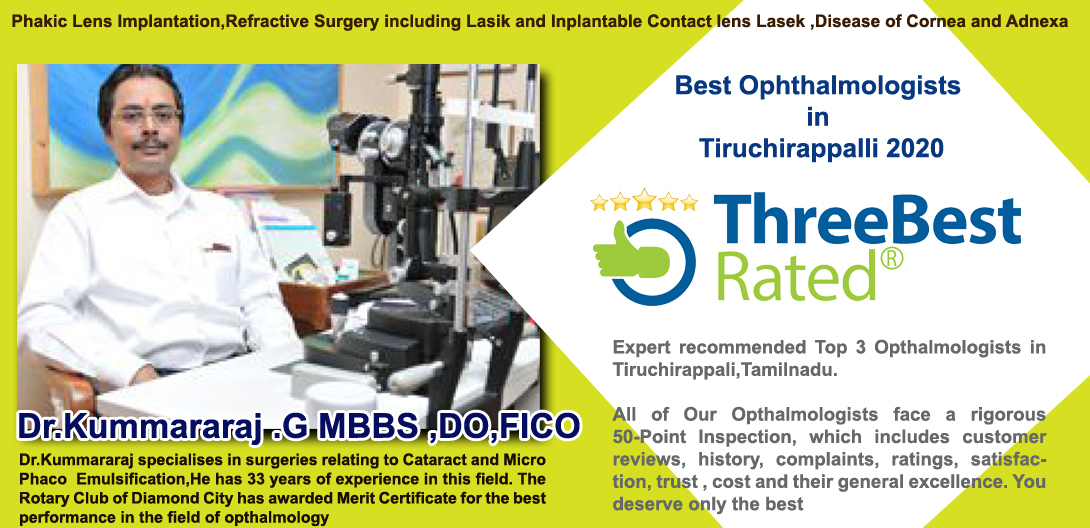 We provide treatment for an extensive range of pediatric eye problems such as sight-threatening conditions like pediatric glaucoma, cataract and congenital opacities of the cornea.
We provide treatment for an extensive range of pediatric eye problems such as sight-threatening conditions like pediatric glaucoma, cataract and congenital opacities of the cornea.
We also have comprehensive services in:
- The management of squint, double vision and other disorders of eye alignment and movement, both in children and adults
- The management of amblyopia or lazy eyes
- Refraction in young children using eyedrops (cycloplegic refraction) for those who have difficulty getting a good refraction.
- General eye problems such as eye sore, allergic conjunctivitis and lumps on the eyelids (stye and chalazion).
- Providing pediatric ophthalmology consultation to doctors in the pediatric departments.
Pediatric ophthalmology is a sub-speciality of ophthalmology concerned with eye diseases, visual development, and vision care in children. Pediatric ophthalmologists are specially trained to manage the following disorders:
- Infections (Conjunctivitis).
- Strabismus or Squint is a misalignment of the eyes
- Amblyopia or Lazy eye occurs when the vision of one eye is significantly better than the other eye and the brain begins to rely on better eye and ignore the weaker one.
- Blocked tear ducts.
- Ptosis- Drooping or falling of upper eye lid
- Retinopathy of prematurity often seen in premature babies
- Nystagmus
- Pediatric cataracts
- Pediatric glaucoma
- Genetic disorders often cause eye problems for children.
- Congenital malformations affecting vision or the tear drainage duct system
- Orbital tumours
- Refractive errors such as myopia (near-sightedness), hyperopia (far-sightedness) and astigmatism can often be corrected with prescriptions for glasses or contacts.
- Accommodative insufficiency
- Convergence insufficiency and asthenopia
- Evaluation of visual issues in education, including dyslexia and attention deficit disorder.
SQUINT
 Squint or strabismus is a misalignment of the eyes so that the eyes do not point in the same direction. Squint can itself lead to amblyopia or lazy eye. More importantly squint if present since childhood can itself lead to loss of three dimensional vision or depth perception (stereopsis). Many cases can be treated with glasses. Orthoptic exercises are useful in some cases. Prism trials can be used as a temporary or permanent measure. Squint can itself lead to cosmetic disfigurement, in addition in children there is a risk of amblyopia.
Squint or strabismus is a misalignment of the eyes so that the eyes do not point in the same direction. Squint can itself lead to amblyopia or lazy eye. More importantly squint if present since childhood can itself lead to loss of three dimensional vision or depth perception (stereopsis). Many cases can be treated with glasses. Orthoptic exercises are useful in some cases. Prism trials can be used as a temporary or permanent measure. Squint can itself lead to cosmetic disfigurement, in addition in children there is a risk of amblyopia.
The most common types of squint
Esotropia (convergent squint) :
Convergent squint can be corrected many a times by glasses. Early correction is recommended especially in the convergent squints as there is a higher risk of amblyopia and loss of binocularity.
Exotropia (divergent) :
Divergent squint can again be corrected with glasses, but more commonly needs surgery.
Vertical squints are tackled especially in cases of superior oblique muscle palsy or Brown Syndrome and need proper planning, surgery is however easy to perform.
Nystagmus can also be considered as a form of squint and indications for surgery include head posture or need for dampening the nystagmus. Newer surgeries for this condition give successful outcomes.








